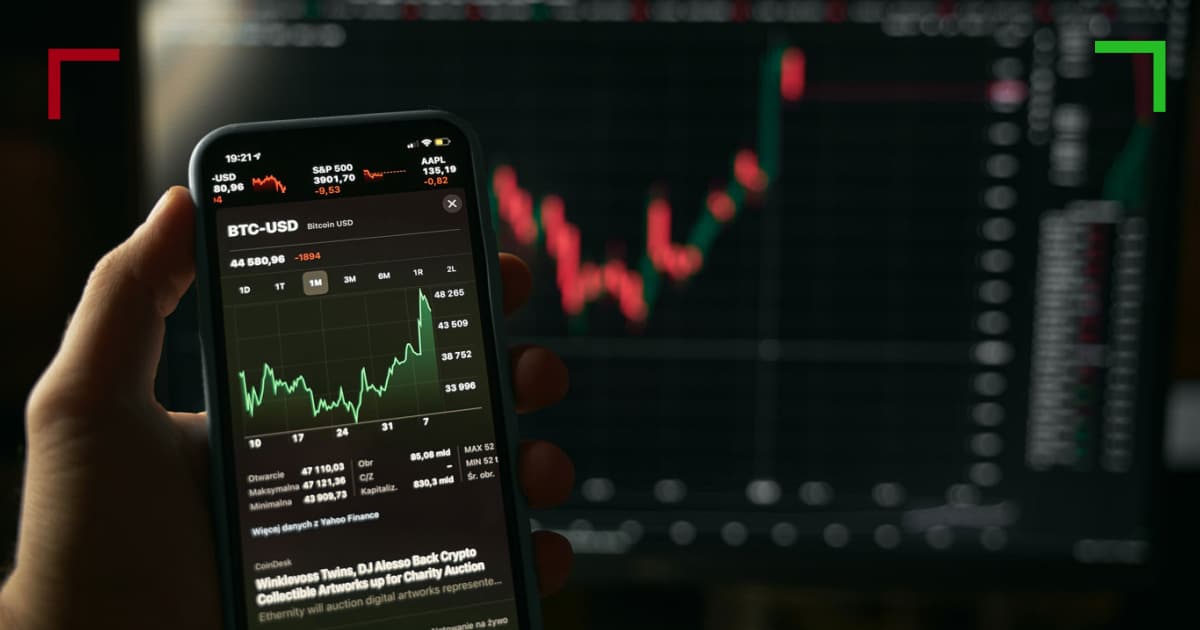
Understanding Crypto Trading Risk: Navigating the Volatile Market
In the fast-evolving world of cryptocurrency, risk management is paramount for traders aiming to succeed. With the rise of digital currencies and their increasing adoption, understanding the various dimensions of crypto trading risk has never been more important. This article aims to explore the key risks associated with cryptocurrency trading, delve into effective strategies for mitigating these risks, and provide insights for both novice and seasoned traders. For more detailed resources on this subject, Crypto Trading Risk visit website.
The Nature of Crypto Trading Risk
Crypto trading risk encompasses several factors that can impact the profitability and safety of investments in digital currencies. Unlike traditional financial markets, the crypto market is known for its high volatility, which can lead to significant price fluctuations in short time frames. Traders often encounter risks such as market risk, liquidity risk, counterparty risk, and regulatory risk.
Market Risk
Market risk refers to the possibility of losing money due to unfavorable moves in the market. Cryptocurrency prices can be extremely volatile, influenced by various factors, including market sentiment, technological advancements, and geopolitical events. Traders must monitor trends, news, and market movements closely to manage this risk effectively.
Liquidity Risk
Liquidity risk arises when a trader cannot buy or sell an asset without causing a significant impact on its price. The crypto market can experience periods of low liquidity, especially for lesser-known altcoins. This risk can result in slippage, where a trade executes at a less favorable price than expected. Traders should ensure they trade in well-established cryptocurrencies with ample market depth or consider using limit orders to mitigate this risk.

Counterparty Risk
Counterparty risk is the likelihood that a partner in a transaction will fail to fulfill their obligations. In the crypto space, this risk is evident when dealing with exchanges, wallets, or other third-party platforms. Hacks, fraud, and insolvencies are unfortunate realities in the crypto market. It is essential to conduct due diligence on exchanges and only use reputable, regulated platforms to minimize this exposure.
Regulatory Risk
The regulatory environment surrounding cryptocurrencies is constantly evolving, and traders must stay informed about changing laws. Regulatory risk can impact the market significantly. For example, if a government decides to impose restrictions or bans on cryptocurrency trading, it can lead to panic selling and massive price drops. Therefore, being aware of the regulatory landscape in your jurisdiction is crucial for effective risk management.
Strategies for Managing Crypto Trading Risk
Navigating the risks associated with crypto trading requires a well-defined strategy. Below are some key strategies to consider:
Diversification
Diversification involves spreading investments across various assets to minimize exposure to any single investment. By diversifying your crypto portfolio, you can reduce the overall risk, as losses in one asset may be offset by gains in another. Consider holding a mix of established cryptocurrencies like Bitcoin and Ethereum alongside smaller, emerging projects to achieve a balanced portfolio.

Setting Stop-Loss Orders
Implementing stop-loss orders is an effective way to manage risk. A stop-loss order automatically sells an asset when it reaches a predetermined price, thereby limiting potential losses. Traders should set realistic stop-loss points based on their risk tolerance and market conditions to protect their investments.
Regularly Review and Adjust Strategies
The crypto market is dynamic, and strategies that worked in the past may not be effective in the future. Regularly reviewing and adjusting your trading strategies based on market conditions, performance, and evolving risks is essential. Keeping a trading journal can help track your trades, analyze outcomes, and refine your approach.
Educating Yourself
Knowledge is power in the world of crypto trading. Continuously educating yourself about market trends, new technologies, and trading strategies will enhance your ability to navigate risks. Engage with resources like online courses, webinars, and communities to stay informed and improve your trading skills.
Conclusion
Navigating the complexities of crypto trading risk can be challenging, but with the right strategies and tools, traders can mitigate potential pitfalls and enhance their chances of success. Understanding the different types of risks – market, liquidity, counterparty, and regulatory – is the first step in developing an effective risk management strategy. By diversifying your portfolio, setting stop-loss orders, regularly reviewing your trading approach, and continually educating yourself, you can make informed decisions in the highly volatile crypto market. Remember, informed trading is safer trading, and with diligence, you can capitalize on the exciting opportunities that cryptocurrencies offer.

